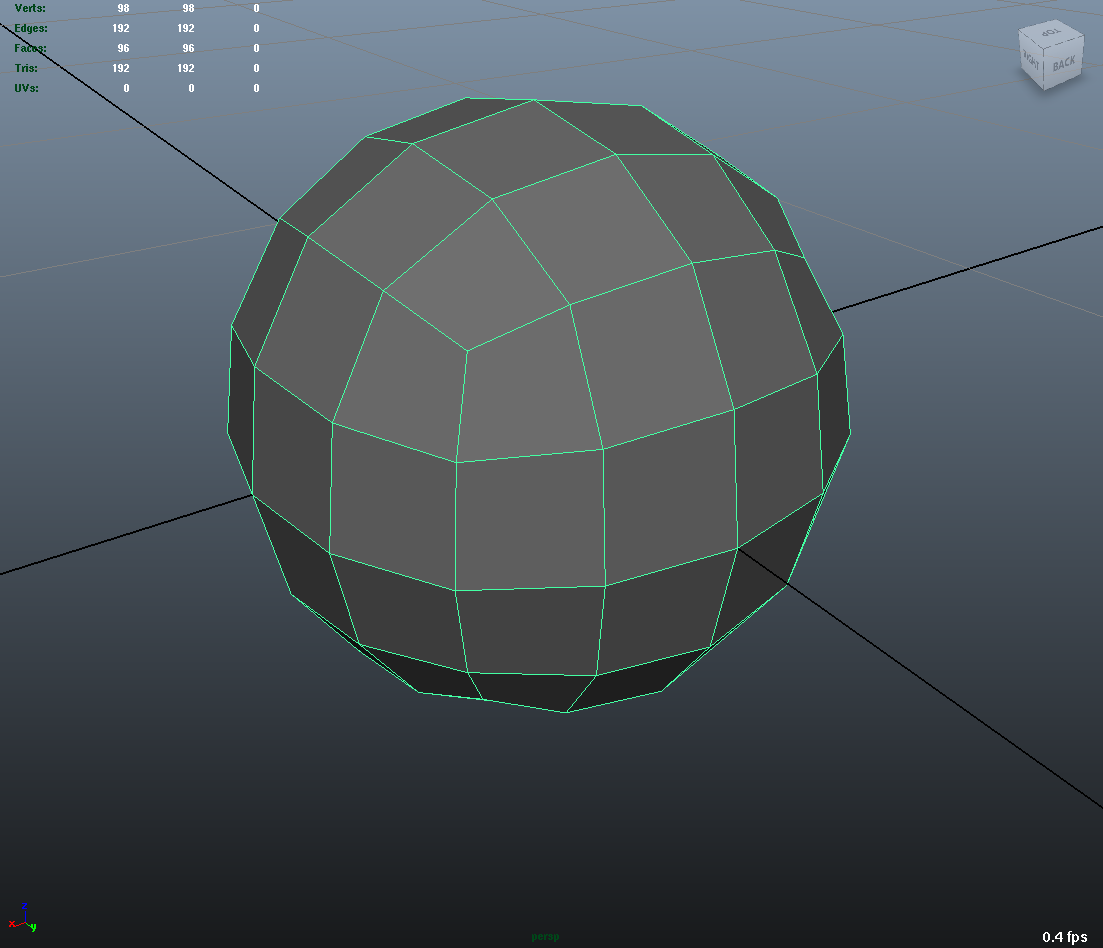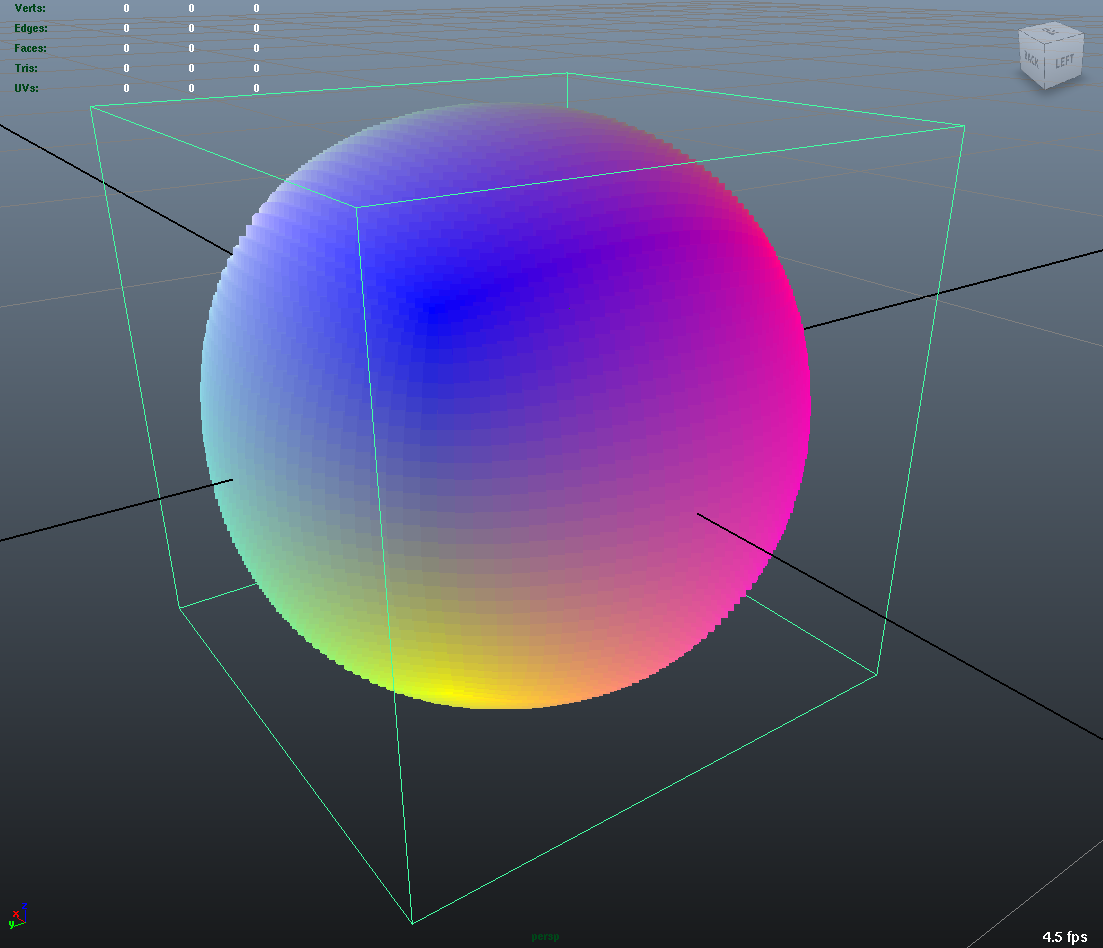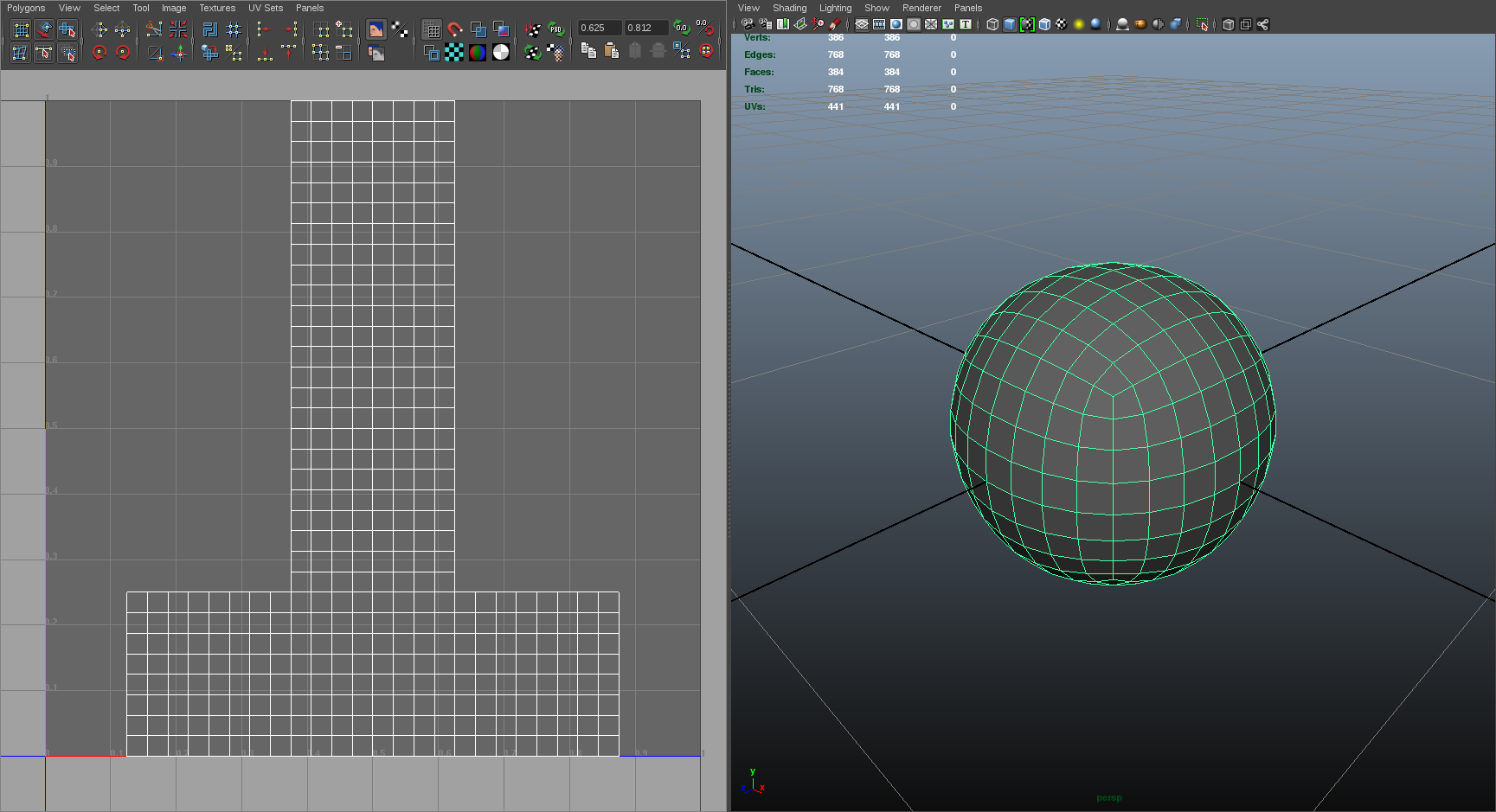Tutorials
The tutorial source code can be found in the github.com repository or in your local <repository root>/turorials.
Tutorial 0
This tutorial presents in a very succint way the requisite steps to
instantiate a Far mesh from simple topological data.
Tutorial 1
This tutorial shows how to interface a high-level topology representation
with Far for better efficiency. In tutorial 0, we showed how to instantiate
topology from a simple face-vertex list. Here we will show how to take
advantage of more complex data structures.
Tutorial 2
Building on tutorial 0, this example shows how to instantiate a simple mesh,
refine it uniformly and then interpolate both 'vertex' and 'varying' primvar
data.
|
Tutorial 3
Building on tutorial 0, this example shows how to instantiate a simple mesh,
refine it uniformly and then interpolate both 'vertex' and 'face-varying'
primvar data.
The resulting interpolated data is output as an 'obj' file, with the
'face-varying' data recorded in the uv texture layout.
Tutorial 4
This tutorial shows how to create and manipulate FarStencilTables. We use the
factorized stencils to interpolate vertex primvar data buffers.
Tutorial 5
This tutorial shows how to create and manipulate both 'vertex' and 'varying'
FarStencilTables to interpolate 2 primvar data buffers: vertex positions and
vertex colors.
|
Tutorial 0
This tutorial demonstrates the manipulation of Osd 'Compute' 'Contexts' and
'Controllers'.
|
Tutorial 0
This tutorial presents, in a very succint way, the requisite steps to
instantiate an Hbr mesh from simple topological data.
Tutorial 1
This tutorial shows how to safely create Hbr meshes from arbitrary topology.
Because Hbr is a half-edge data structure, it cannot represeent non-manifold
topology. Ensuring that the geometry used is manifold is a requirement to use
Hbr safely. This tutorial presents some simple tests to detect inappropriate
topology.
|
Tutorial 2
This tutorial shows how to subdivide uniformly a simple Hbr mesh. We are
building upon previous turtorials and assuming a fully instantiated mesh:
we start with an HbrMesh pointer initialized from the same pyramid shape
used in hbr_tutorial_0. We then apply the Refine() function sequentially
to all the faces in the mesh to generate several levels of uniform
subdivision. The resulting data is then dumped to the terminal in Wavefront
OBJ format for inspection.
|




